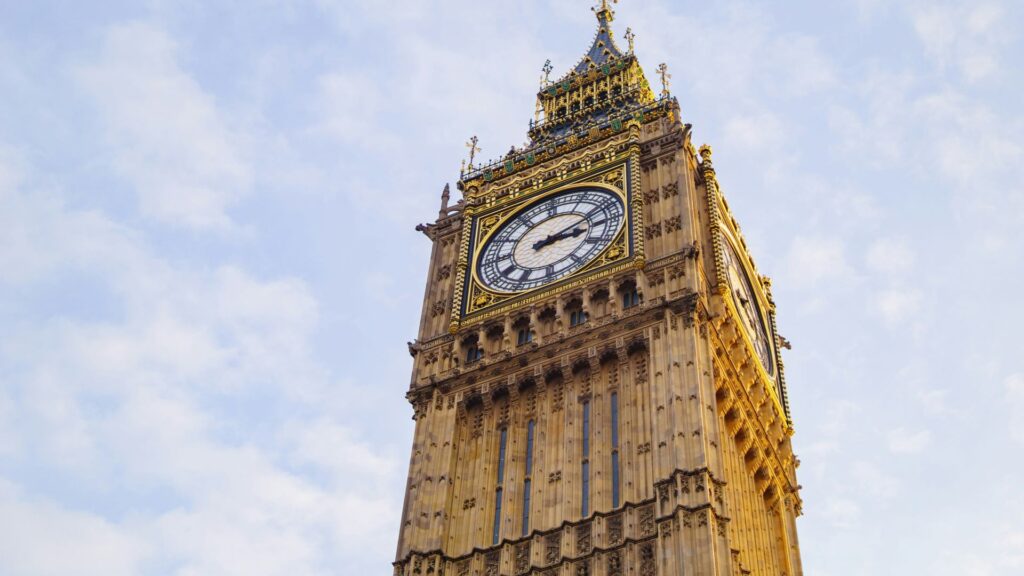With the festive season upon us, business leaders and economists are discussing the current state of British high streets, echoing the longstanding challenges retailers have faced in the era of online shopping.
While the festive period traditionally brings shoppers and money to high streets, this year, the cost-of-living crisis adds an extra layer of unpredictability to consumer spending, with sentiment analysis by PwC suggesting that 30% of shoppers plan to spend less on Christmas shopping this year.
Last year’s forecasts hinted at a similar dip in spending, but they proved to be largely false, with retailers all over the country defying December sales expectations, raising the question of whether this year’s anticipated decline will materialise or if it’s another case of forecasts failing to fully grasp the psychology of consumers.
It is worth remembering that Christmas will always be a special period for many consumers, a time to forget day-to-day worries and spend time with friends and family. Consumers sometimes throw caution to the wind, spending more than they should, or indeed have, on extravagant food and gifts.
However, recent evidence also shows that thrifty shoppers looking to save money have started planning for Christmas a little earlier this year. A recent survey revealed that 45% of UK shoppers began planning and budgeting for Christmas in October. The discount food retailer Lidl reports shoppers stocking up on staples earlier, with ‘two mince pies selling every second since September’ and gifts and decorations flying off shelves.
Sales uplifts on Black Friday also suggest a more considered approach to ‘bargain hunting’ with consumers using the day to buy planned gifts such as toys, computers and home and beauty products. According to data from MRI software, Black Friday also brought positive news for the high street, with a 10% rise in footfall, ahead of shopping centres at 7.7% and retail parks at 3.5%.
But aside from consumer behaviour supporting good sales, retailers must also do their best to capitalise on the all-important ‘Golden quarter’ from October to December. So how do they do this? In short, stick to the basics of good marketing and listen and adapt to consumer requirements.
Firstly, continue creating and offering interesting, exciting experiences that tap into consumers emotions. Embrace the festive spirit with live events that appeal to family and community values. Work collaboratively with other businesses and offer innovative, locally sourced ‘gifts’ which allow consumers to give something back to their community or town.
Secondly, remember that consumers are much wiser and savvier than previously thought. They are thinking carefully about where to spend their hard-earned money. They expect quality service and products and demand transparency and authenticity from retailers. The era of short-lived promotions is fading, challenging businesses to build trust through genuine value for money instead of fleeting discounts.
Finally, a good understanding of changing consumer needs requires good channels of communication. Effective communication, including engagement through social media, leveraging influencers, and creating a cohesive brand image, remains critical to building a loyal customer base. All high street retailers need to incorporate social media engagement into their strategy, viewing it as a long-term communication platform rather than a single-use tool for Christmas.
The festive season carries challenges and opportunities for British high streets. Last year’s predictions didn’t align with retail performance, showcasing the potential for consumer behaviour to defy expectations. As retailers navigate economic uncertainties, adhering to marketing fundamentals and adapting to evolving consumer behaviours will be crucial for a prosperous holiday season for businesses and shoppers alike.
Kim Cassidy is the Professor of Services Marketing at Edge Hill University Business School. Kim has published widely on all aspects of customer engagement in retail environments with particular interests in customer value co-creation, loyalty and satisfaction, customer communities, and retail and service theatre. Her most recent work explores consumer involvement in Town Centre/High street Regeneration and is a collaboration with ex-retail CEO and commentator Bill Grimsey.
Discover more about courses at Edge Hill University.
December 12, 2023



